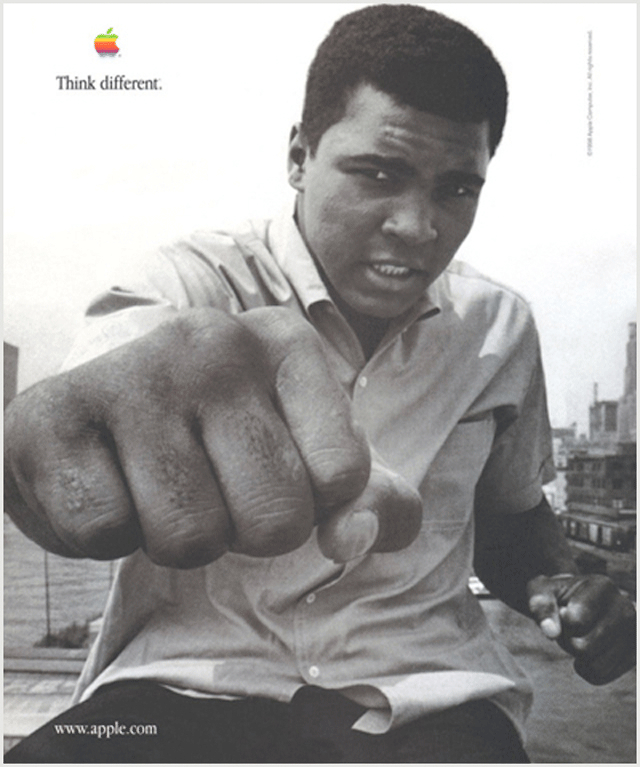Kroger and Albertsons, two grocery brands, are facing off with the Federal Trade Commission and multiple US states. Kroger and Albertsons want to merge. Putting any discussions of trust-busting, union bargaining power, pricing, moving from unionized states to non-unionized states, and “monopoly” aside, there is an underlying discussion in the FTC’s argument. This discussion is the definition of the grocery market. Bloomberg points to the grocery definition in a very insightful article. What is exactly a grocery store? And, do American shoppers buy staples only from grocery stores? And, do the traditional definitions of stores still matter?
This article is part of Branding Strategy Insider’s newsletter. You can sign up here to get thought pieces like this sent to your inbox.
The FTC is concerned about the scope of the grocery market that Kroger together with Albertsons would control post-merger. The Wall Street Journal says the trial held in an Oregon court will conclude on Tuesday, September 24, 2024. There are other trials on the dockets in other states.
The FTC’s grocery market definition should make marketers nuts.
Based on marketing and branding principles, the FTC does not appear to be taking into account what exactly is a consumer market. One can think: How does the FTC create definitions? Does the FTC ask consumers? Where are the customer-generated data for the definitions? Is the FTC deciding on the competitive set? The FTC had a similar issue with Amazon over Amazon’s owning the “online market.” But, online is a channel, not a market. Online is where or how a product or service is distributed.
From a marketing and branding perspective, the FTC argument about what is the grocery market does not reflect how consumers think and shop and create competitive sets. The FTC describes the grocery market as “a place where consumers can do one-stop shopping for groceries and provide tens of thousands of unique items.”
It seems from reporting in the business press that the FTC does not appear to reflect or include in the arguments how consumers decide where to shop for groceries. Why does this matter? Because a market is a want. Decades ago, Harvard professor Ted Levitt posited that people do not want drills. People want holes. People want the benefits of the drill. The market is for holes.
A market is not a product category. There is no lip gloss market; there is no mascara market. But, there are wants for attractiveness, for youthfulness, for status and for elegance. A market is a want. If there is no want, there is no market. There is no such thing as the automotive market. Nor is there such a thing as the cola market or the pet food market. There is no such thing as the granola bar market. There is a market for portable, quick and easy-to-eat nutrition. There is a market for an afternoon pick-me-up. There is a market for a healthy, attractive and fit body. There is a need for portable, hand-held protein before or after strenuous activities. There is a need for a non-messy, vitamin-enriched gym-bag food.
A market is not a geography. There is no such thing as the French market, the Japanese market, the Italian market, the Common Market. Geographies are where markets exist. Geographies are how you organize to deliver a brand promise to the market.
A market is people with a want. If it is a global want, there is a global market. If it is a growing want, it is a growing market. If some people in Italy and some people in France and some people in Australia share the same want, then they are in the same market. It just happens that they live in different places. If there is no want, there is no market.
A market is not a distribution channel. A distribution channel is how you reach the market, not the definition of the market. There is no such thing as the warehouse store market or the department store market or the grocery store market. Brands are not specifically designed for channels. Companies design brands for people, people with a want.
Brands may choose a particular way in which they deliver their experiences. For example, a brand may choose to be online only, such as Blue Apron. Or a brand may choose to be a brick-and-mortar brand such as Publix. Or a brand may create a combination of online and brick-and-mortar, such as Walmart or Target or Warby-Parker.
Consumers want the ease of choice when it comes to how brands are bought and delivered. However, it is the brand with its benefits that drives consumer purchases. Once a person decides on the brand, then the “channel” is chosen. For example, if you want a high quality store brand you might shop at Kroger. You might shop at Walmart. You might want to shop at Whole Foods. You might want to shop at Aldi. All sell high quality store brands. If you believe that 365 is aa great store brand, you will shop at Whole Foods, in store or online.
Looking at markets in terms of channels or geography affects how business looks at its data, how business looks at its business and how business is managed. If a teenager in Paris has the same want as a teenager in New York or in Tokyo, then these teenagers are in the same market no matter how the brand is organized or delivered. But, if two teenagers living next door to each other in Paris have different wants, then these teenagers are in different markets. So, online Shein offers youth clothing that are globally appealing, satisfying the consumer want for stylish, inexpensive, fast fashion. It is doubtful that a global teen considers Shein’s benefit as being an online mall. Being online is wonderful. But, online is a distribution channel for wanted items.
Furthermore, customers define the competitive set. Marketers do not define the competitive set. Neither does the FTC. It would appear from the press that the arguments before the Oregon court use FTC-generated competition for Kroger and Albertsons. Many companies compute market share based on geographies and categories and channels and price points. Category share, geography share, channel share, price point share are not market share. Category share, geography share, channel share, price point share reflect what the manufacturer desires, not what the customer desires. There is no market share unless there is market-generated competition. And, competition comes from the customer’s perceptions.
The what-is-a-market discussion is not an academic issue. Look at the automotive business. Car companies see markets as product types. Car companies see potential “conquests” as wanting an SUV or a truck, for example. But, in reality, the driver is looking for a vehicle that can carry four people and lots of stuff but looks attractive and feels luxurious on the inside; a vehicle that will not erode your self-image when you drive up to a fancy restaurant. A potential buyer may see a Buick cross-over and a Cadillac Escalade in the same competitive set.
How people shop for food has altered remarkably. The FTC is using a very traditional, out-of-date definition. Not only is the FTC definition not reflective of modern food shopping but the FTC definition does not take into account the role that “occasion” plays in creating a “market.” Decades ago, research showed that the beer someone drinks at home with friends is not the same brand of beer the same individual orders at a restaurant with co-workers. And, when that individual is at an arena for a sporting event, the beer brand will also be different from what is consumed at home or in a restaurant. Context is critical.
A grocery store might be seen as a local shopping venue where a customer could carry a tote bag of items home. And, a place where the items are customized to the needs of the store’s neighborhood. A grocery might be a corner bodega. Customers may see Aldi and Trader Joe’s in the same competitive set as both stores are own-brand stores. Or, Costco and Trader Joe’s might be seen as stores that surprise you with limited-supply items. Needs drive a market.
A market is a specific group of people who share common needs in a common context. Product categories, channels, and price categories are not market segments.
The Wall Street Journal states that the FTC definition of a grocery is “narrow.” From the customer’s standpoint, it is their need that drives their selection of a “grocery” venue. And, this consumer need may have a narrow competitive set of stores or a broad competitive set of stores.
Brands are promises of expected relevant, differentiated, trustworthy experiences. Kroger and Albertson are brands. Kroger and Albertsons deliver expected relevant, differentiated, trustworthy experiences. The Kroger and Albertsons arguments should be about the want that these stores individually and together satisfy.
Kroger and Albertsons and the FTC are confusing market with marketplace. These two constructs are different. Language is important. But, so is the understanding at the basis of this anti-trust court fight. If market is the issue, then it would make sense to recast the arguments into the actual customer understanding of the grocery market based on actual customer wants.
Bloomberg correctly asks: “What’s a Grocery Store?” The FTC should understand that there is no “grocery market.” A market is specific people with specific needs in specific occasions.
Contributed to Branding Strategy Insider by: Joan Kiddon, Author of The Paradox Planet: Creating Brand Experiences For The Age Of I
At The Blake Project, we help clients worldwide, in all stages of development, define or redefine and articulate what makes them competitive at critical moments of change, including defining a vision that propels their businesses and brands forward. Please email us to learn how we can help you compete differently.
Branding Strategy Insider is a service of The Blake Project: A strategic brand consultancy specializing in Brand Research, Brand Strategy, Brand Growth and Brand Education




